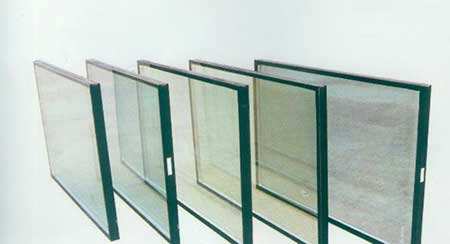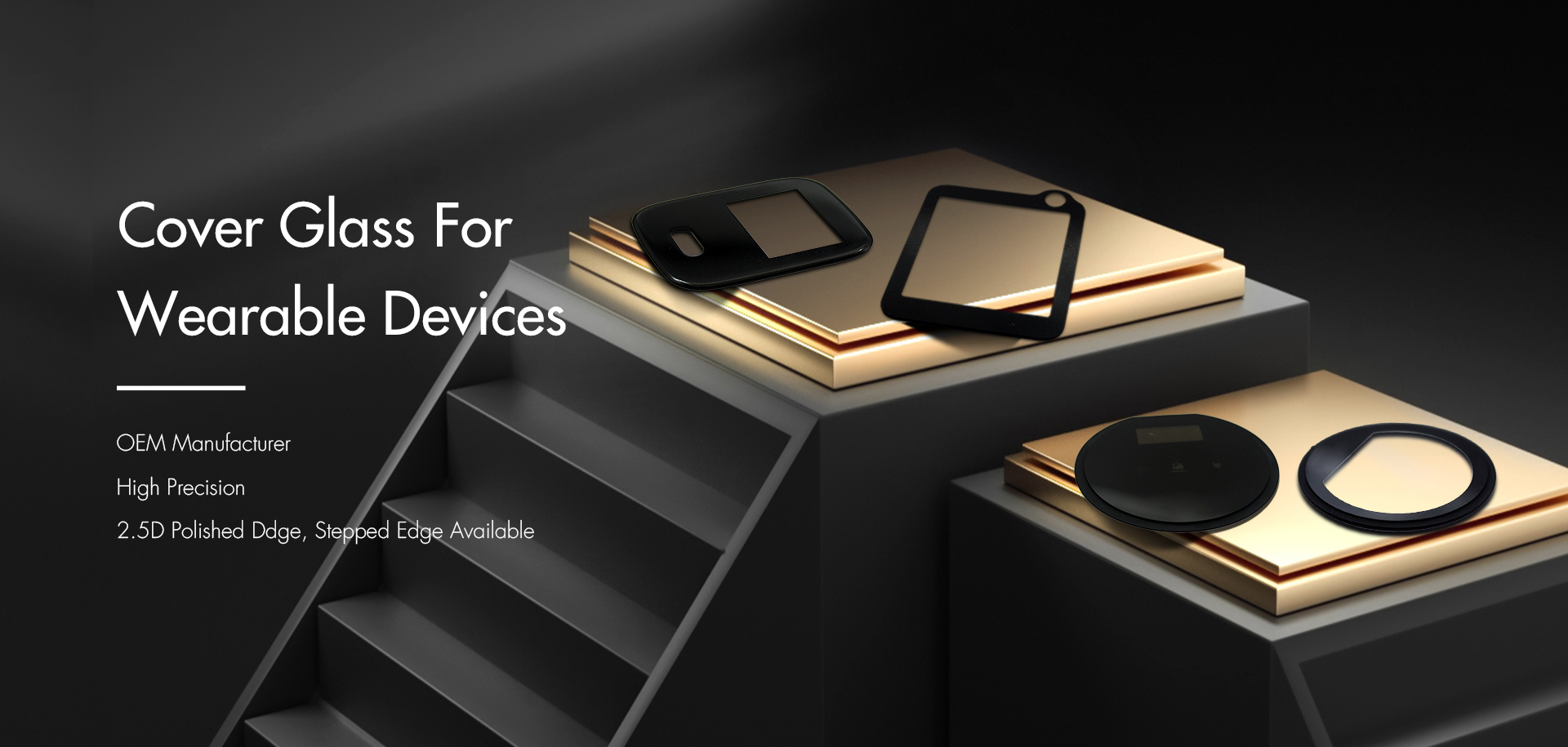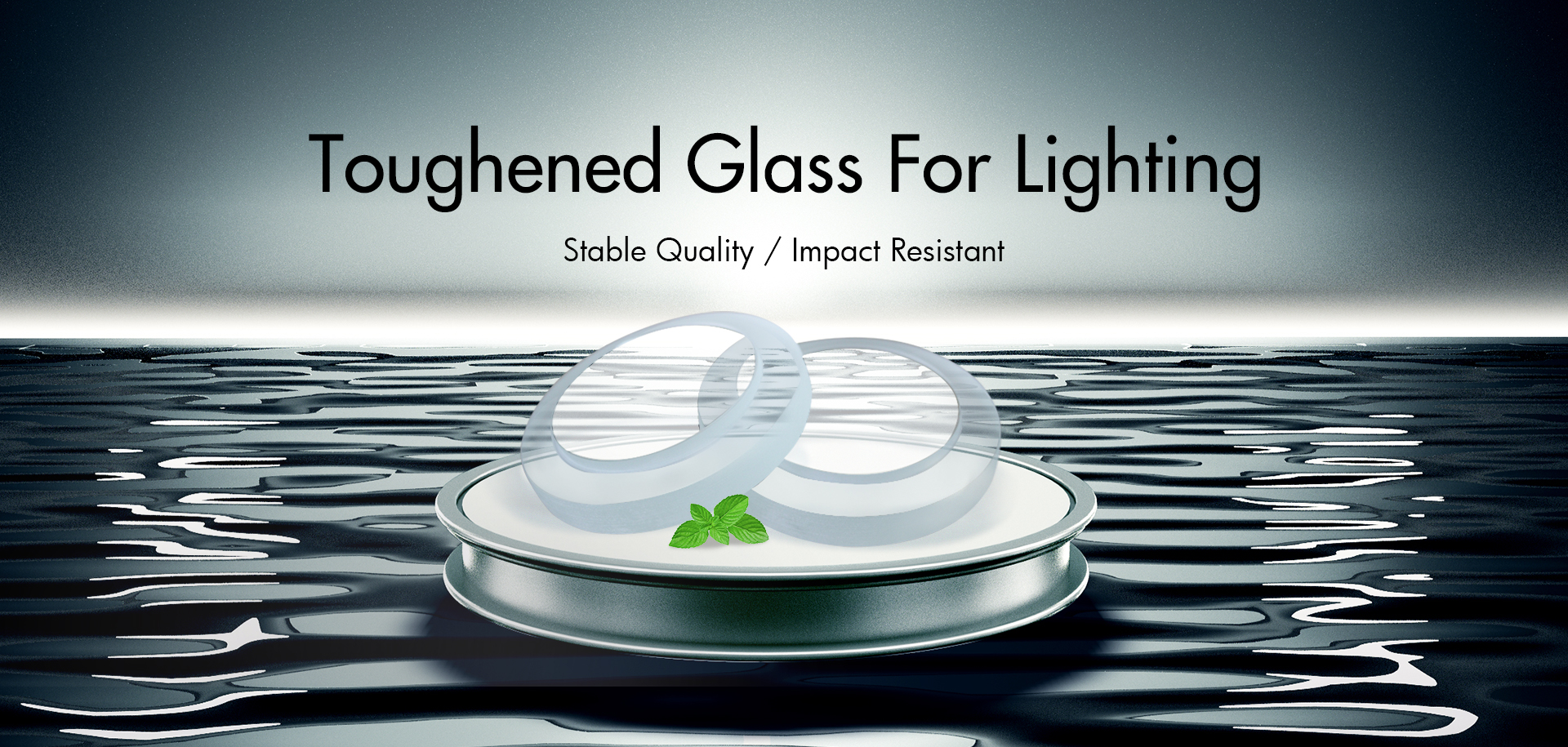Under certain lighting conditions, when the tempered glass is viewed from a certain distance and angle, there will be some irregularly distributed colored spots on the surface of the tempered glass. This kind of colored spots is what we usually call “stress spots”. “, it does not affect the reflection effect of the glass (no reflection distortion), nor does it affect the transmission effect of the glass (it does not affect the resolution, nor does it produce optical distortion). It is an optical characteristic that all tempered glass has. It is not a quality problem or quality defect of tempered glass, but it is more and more widely used as safety glass, and people have higher and higher requirements for the appearance of glass, especially as a large area The presence of stress spots in toughened glass during curtain wall application will adversely affect the appearance of the glass, and even affect the overall aesthetic effect of the building, so people are paying more and more attention to stress spots.
Causes of stress spots
All transparent materials can be divided into isotropic materials and anisotropic materials. When light passes through an isotropic material, the speed of light is the same in all directions, and the emitted light does not change from the incident light. A well-annealed glass is an isotropic material. When light passes through an anisotropic material, the incident light is divided into two rays with different speeds and different distances. The emitted light and the incident light change. Poorly annealed glass, including tempered glass, is an anisotropic material. As an anisotropic material of tempered glass, the phenomenon of stress spots can be explained by the principle of photo elasticity: when a beam of polarized light passes through the tempered glass, because there is permanent stress (tempered stress) inside the glass, this beam of light will decompose into two Polarized light with different beam propagation speeds, namely fast light and slow light, is also called birefringence.
When two light beams formed at a certain point intersect the light beam formed at another point, there is a phase difference at the intersection point of the light beams due to the difference in light propagation speed. At this point, the two light beams will interfere. When the amplitude direction is the same, the light intensity is strengthened, resulting in a bright field of view, that is, bright spots; when the direction of light amplitude is opposite, the light intensity is weakened, resulting in a dark field of view, that is, dark spots. As long as there is uneven stress distribution in the plane direction of the tempered glass, stress spots will occur.
In addition, the reflection of the glass surface makes the reflected light and transmission have a certain polarization effect. The light entering the glass is actually light with a polarization effect, which is why you will see light and dark stripes or speckles.
Heating factor
The glass has uneven heating in the plane direction before quenching. After the unevenly heated glass is quenched and cooled, the area with high temperature will produce less compressive stress, and the area with low temperature will produce greater compressive stress. Uneven heating will cause unevenly distributed compressive stress on the glass surface.
Cooling factor
The tempering process of glass is rapid cooling after heating. The cooling process and heating process are equally important for the formation of tempering stress. The uneven cooling of the glass in the plane direction before quenching is the same as the uneven heating, which can also cause uneven stress. The surface compressive stress formed by the area with high cooling intensity is large, and the compressive stress formed by the area with low cooling intensity is small. Uneven cooling will cause uneven stress distribution on the glass surface.
Viewing angle
The reason why we can see the stress spot is that the natural light in the visible light band is polarized when it passes through the glass. When the light is reflected from the surface of the glass (transparent medium) at a certain angle, part of the light is polarized and also passes through the glass. Part of the refracted light is also polarized. When the tangent of the incident angle of the light is equal to the refractive index of the glass, the reflected polarization reaches the maximum. The refractive index of glass is 1.5, and the maximum incident angle of reflected polarization is 56. That is, the light reflected from the glass surface at an incident angle of 56° is almost all polarized light. For tempered glass, the reflected light we see is reflected from two surfaces with a reflectivity of 4% each. The reflected light from the second surface that is farther away from us passes through the stress glass. This part of the light is closer to us. The reflected light from the first surface interferes with the glass surface to produce colored speckles. Therefore, the stress plate is most obvious when observing the glass at an incident angle of 56. The same principle applies to temper insulating glass because there are more reflective surfaces and more polarized light. For tempered glass with the same level of uneven stress, the stress spots we see are clearer and appear heavier.
glass thickness
Since light propagates in different thicknesses of glass, the greater the thickness, the longer the optical path, the more opportunities for polarization of light. Therefore, for the glass with the same stress level, the greater the thickness, the heavier the color of the stress spots.
Glass varieties
Different types of glass have different effects on glass with the same stress level. For example, borosilicate glass will appear lighter in color than soda lime glass.
For tempered glass, it is very difficult to completely eliminate stress spots due to the particularity of its strengthening principle. However, by selecting advanced equipment and reasonable control of the production process, it is possible to reduce the stress spots and achieve the degree of not affecting the aesthetic effect.

Saida Glass is a recognized global glass deep processing supplier of high quality, competitive price and punctual delivery time. With customizing glass in a wide variety of areas and specializing in touch panel glass, switch glass panel, AG/AR/AF/ITO/FTO glass and indoor & outdoor touch screen.
Post time: Sep-09-2020










